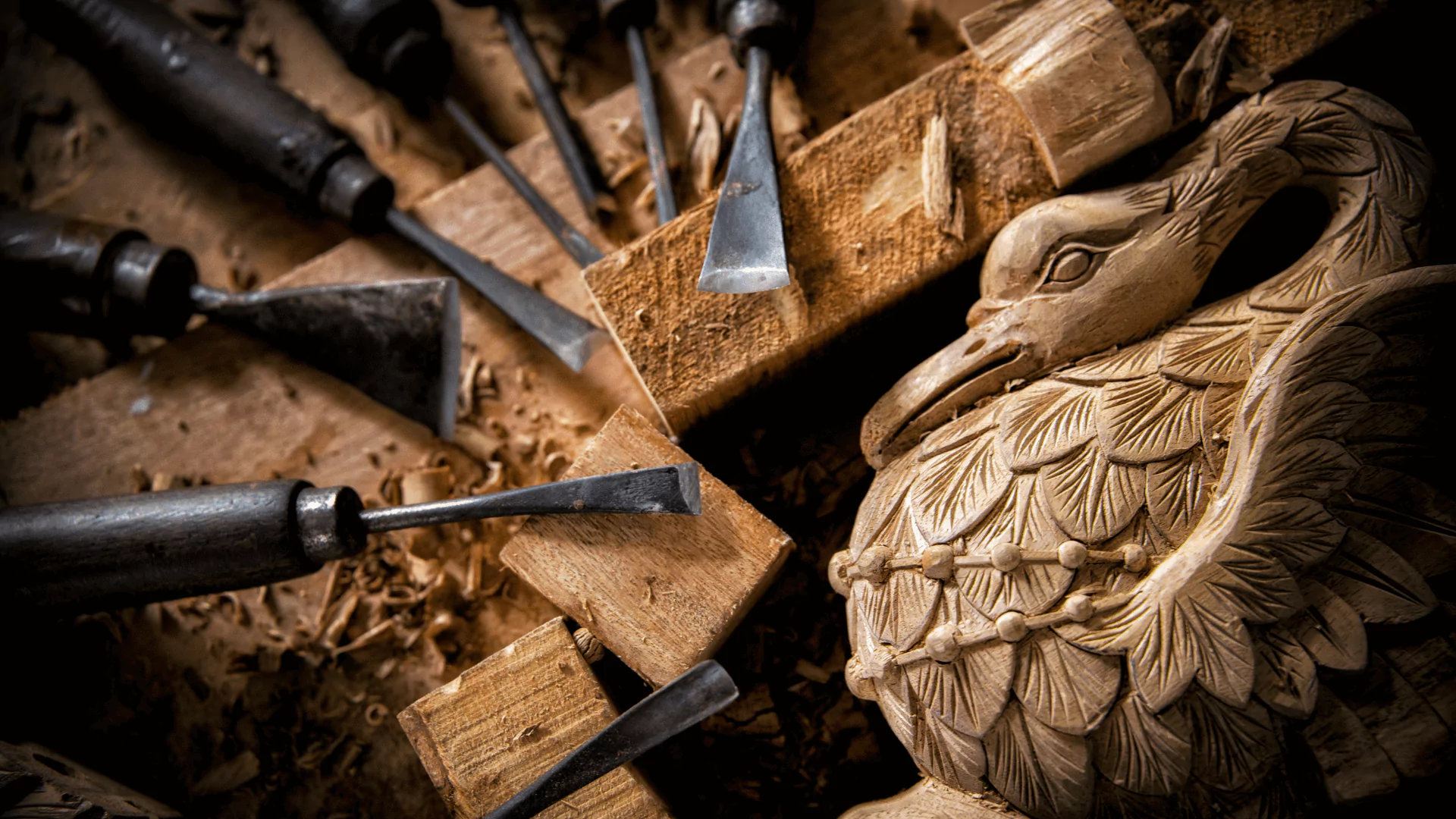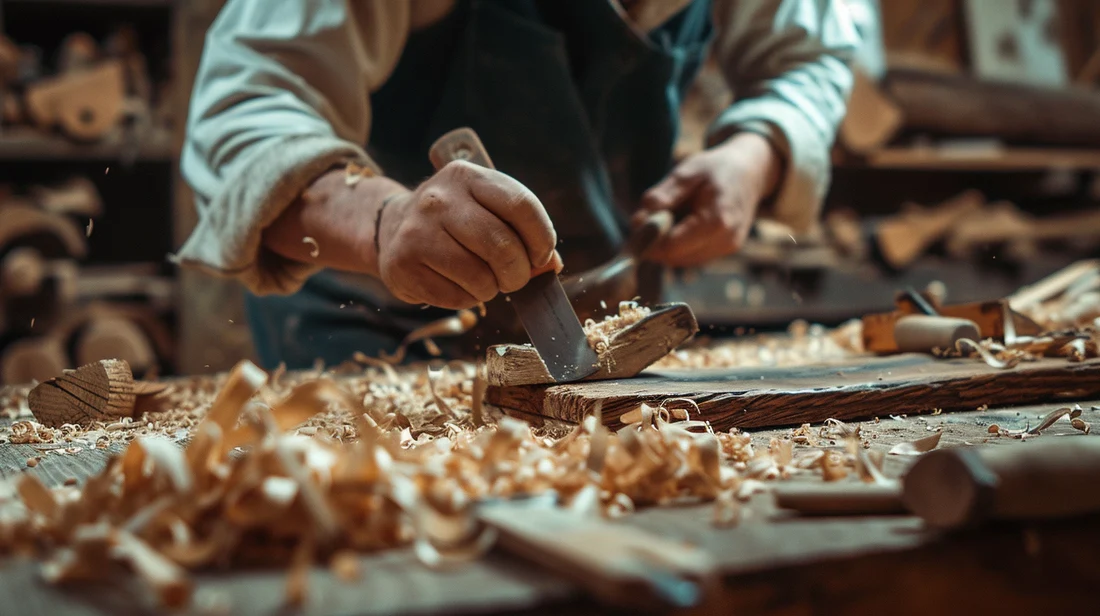Juniper wood

The History and Traditional Uses of Thuja Wood
Juniper wood is aromatic, with a distinctive grain pattern, and is steeped in cultural and artisan significance, particularly in North Africa and the Mediterranean. Sometimes referred to as Tetraclinis articulata, the tree is found in semi-arid conditions and has been a highly valued species for its beauty, durability, and versatility for many centuries.
Historical Significance
For generations, Thuja wood has been a symbol of craftsmanship and heritage. Artisans in regions like Morocco have transformed this material into exquisite products, reflecting both utility and artistry. Historically, the wood was used in the construction of royal furniture and religious artifacts, showcasing its value and prestige.
Traditional Uses
Thuja wood‘s resilience and natural oils made it ideal for traditional applications such as:
• Preparation tools: everyday bowls and spoons.
• Ornamental uses: elaborately made boxes, cases for jewelry.
• Religious uses: the beads for prayer and censers since it had a pleasant, sweet smell.
• Pharmaceutical applications: the thuja oil derived from the tree, for therapeutic purposes.
Its warm reddish-brown tone and swirling patterns have come to represent sophistication and genuineness and remain one of the traditional materials for craftsmen.

From Tree to Treasure: The Making of Thuja Wood Products
From the raw thuja wood to the beautifully handcrafted products, it is a journey that reflects the skill and dedication of artisans. This process, steeped in traditional craftsmanship, ensures that every piece carries the beauty and essence of the thuja tree.
1. Harvesting the Wood
Thuja trees are selected with much care to keep the process sustainable and maintain quality. Only mature trees or branches are cut down to protect the forests for the next generation. The wood is highly aromatic oils, which naturally keep it resistant to pests and decaying.
2. Preparing the Material
After gathering, the wood goes through a drying process to get rid of moisture. This is a very important step because it prevents warping or cracking during crafting. The wood is then cut into manageable pieces, and its distinctive swirling grain patterns can be seen.
3. Product Making
The artisans make use of traditional tools and techniques in carving, shaping, and polishing the wood. Common products include:
• Decorative boxes
• Small furniture items
• Jewelry and accessories
• Kitchen utensils
Each product is handcrafted to bring out the natural beauty of the wood.
4. Finishing Touches
The last stage involves sanding and adding natural oils or varnishes to give an enhanced shine to the wood and protect it from wear. Some may also involve inlays or engravings for added artistry.
5. Quality Control
Every product is checked for durability, aesthetics, and smooth finishes, making the product a perfect blend of functionality and elegance.
Past Sessions

Luxury Connect Las Vegas
Quis amet mollis quam ut neque egestas viverra nam nunc commodo porta.

Florida Infrastructure
Sed ullamcorper vitae integer eget amet in congue bibendum sed nisl volutpat.

The Way of Living
Proin dictum ultrices diam mi tortor in lorem cursus pellentesque amet aliquet.
